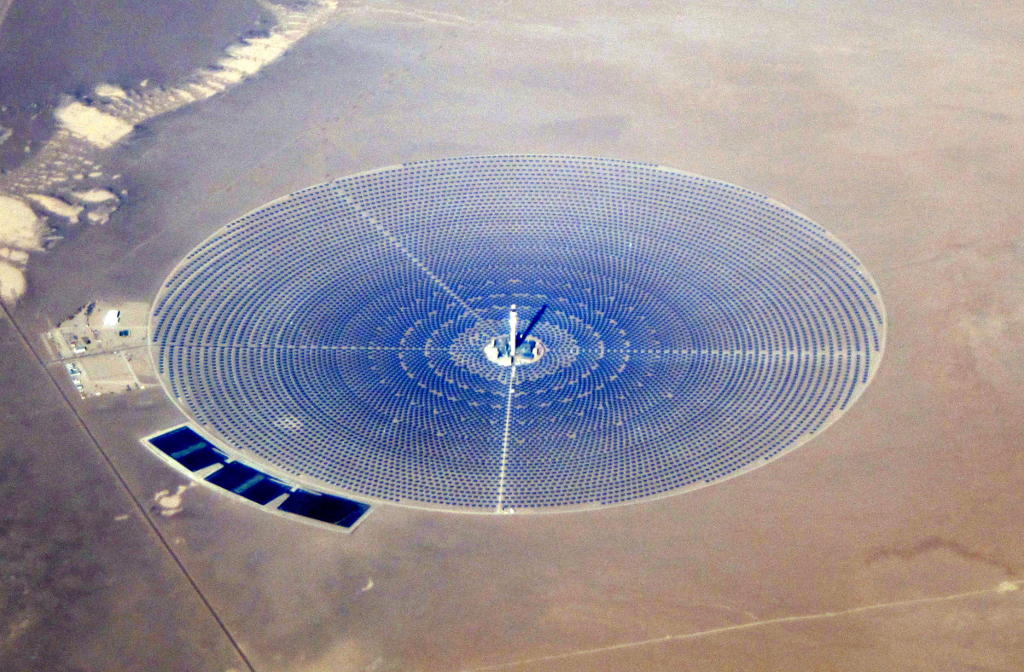
Achieving high current densities while maintaining high energy efficiency is one of the biggest challenges in improving photoelectrochemical devices. Higher current densities accelerate the production of hydrogen and other electrochemical fuels.
Now a compact, solar-powered, hydrogen-producing device has been developed that provides the fuel at record speed. In the journal Nature Energy, the researchers around Saurabh Tembhurne describe a concept that allows capturing concentrated solar radiation (up to 474 kW/m²) by thermal integration, mass transport optimization and better electronics between the photoabsorber and the electrocatalyst.
The research group of the Swiss Federal Institute of Technology in Lausanne (EPFL) calculated the maximum increase in theoretical efficiency. Then, they experimentally verified the calculated values using a photoabsorber and an iridium-ruthenium oxide-platinum based electrocatalyst. The electrocatalyst reached a current density greater than 0.88 A/cm². The calculated conversion efficiency of solar energy into hydrogen was more than 15%. The system was stable under various conditions for more than two hours. Next, the researchers want to scale their system.
The produced hydrogen can be used in fuel cells for power generation, which is why the developed system is suitable for energy storage. The hydrogen-powered generation of electricity emits only pure water. However, the clean and fast production of hydrogen is still a challenge. In the photoelectric method, materials similar to those of solar modules were used. The electrolytes were based on water in the new system, although ammonia would also be conceivable. Sunlight reaching these materials triggers a reaction in which water is split into oxygen and hydrogen. So far, however, all photoelectric methods could not be used on an industrial scale.
2 H2O → 2 H2 + O2; ∆G°’ = +237 kJ/mol (H2)
The newly developed system absorbed more than 400 times the amount of solar energy that normally shines on a given area. The researchers used high-power lamps to provide the necessary “solar energy”. Existing solar systems concentrate solar energy to a similar degree with the help of mirrors or lenses. The waste heat is used to accelerate the reaction.
The team predicts that the test equipment, with a footprint of approximately 5 cm, can produce an estimated 47 liters of hydrogen gas in six hours of sunshine. This is the highest rate per area for such solar powered electrochemical systems. At Frontis Energy we hope to be able to test and offer this system soon.
(Photo: Wikipedia)
This post is also available in Deutsch.




